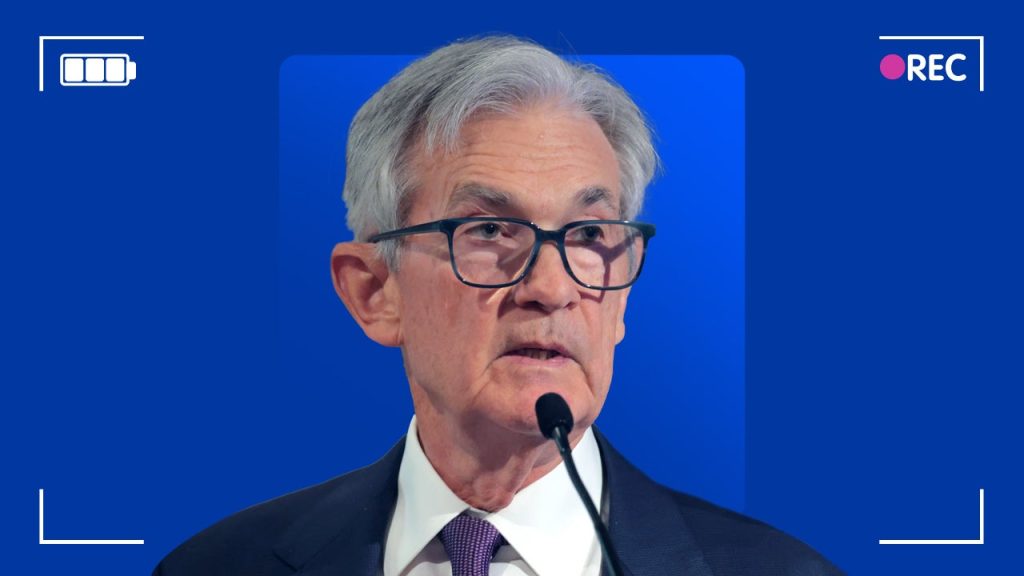Fearing higher inflation from tariffs, the FOMC is likely to keep rate cuts on hold
Recession fears are rising, consumer sentiment is plummeting, and markets over the past few weeks have been bumpy. You might be wondering: Why is everyone saying the Fed won’t cut interest rates today?
I’m Sarah Foster, Bankrate’s U.S. economy and Federal Reserve reporter. I’ve been covering the U.S. central bank since 2018, and I’ve covered rate cuts, rate hikes, emergency meetings, big market bailouts and everything in between. Nothing compares to the current predicament the Fed finds itself in.
Simply put, the Fed isn’t expected to cut interest rates today because its hands are tied. Just as investors, consumers, corporations and even economists were shocked by President Donald Trump’s “Liberation Day” tariffs from April 2, so, too, were Fed officials. In the weeks leading up to their May rate-setting meeting, policymakers said those “reciprocal” tariffs were bigger than anyone had expected — meaning their impacts on the economy could be greater than originally estimated, too. Some economists expect inflation to heat back up to 4-4.5%, almost twice its current 2.4% level, if all of those tariffs go into effect after a 90-day pause.
As such, Fed officials are inclined to stick to the sidelines. If they cut interest rates, the fear is that they might fuel even more inflation, making the cycle more difficult to break. As officials learned during the 1980s, the quicker they can bring prices back in check, the better it is for the economy — and for everyday people — over the long term.
For right now, the decision is an easy one. The latest data shows that the job market has slowed but is still chugging along, with employers creating more than half a million jobs so far this year, and the unemployment rate holding around the Fed’s estimates of “full employment.”
But that might not last forever. The economy contracted in the first three months of the year, and Americans are front-loading their purchases of cars, appliances, electronics and more in an attempt to get ahead of tariff-driven price hikes. If people buy more things today, it takes away from future spending — the powerhouse of U.S. economic growth. Meanwhile, businesses whipsawed by an erratic tariff rollout are putting hiring or investment decisions on pause, which could chill the economy even more.
If the economy enters a recession at a time when inflation is also rising, the Fed could be put in a difficult situation: choosing between saving the job market versus keeping prices in check. And of course, there’s another unknown: Whether the Trump administration reaches any trade deals that might keep those “reciprocal” tariffs off the table completely.
For now, the Fed looks stuck in “wait-and-see” mode until it gets more clarity.
Trump wants lower interest rates, but for now, his tariffs are keeping the Fed on hold
Here’s what to expect from the Fed’s interest rate announcement today.
Read more
Read the full article here
